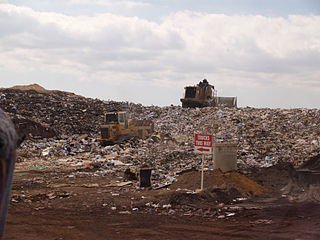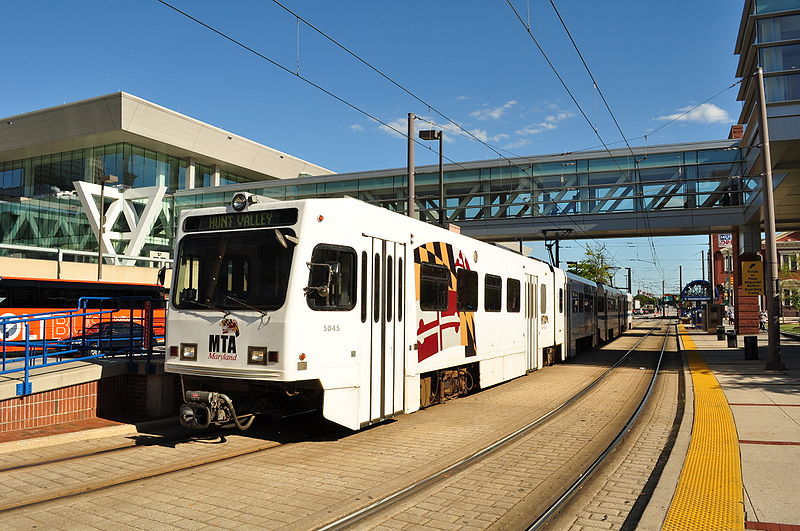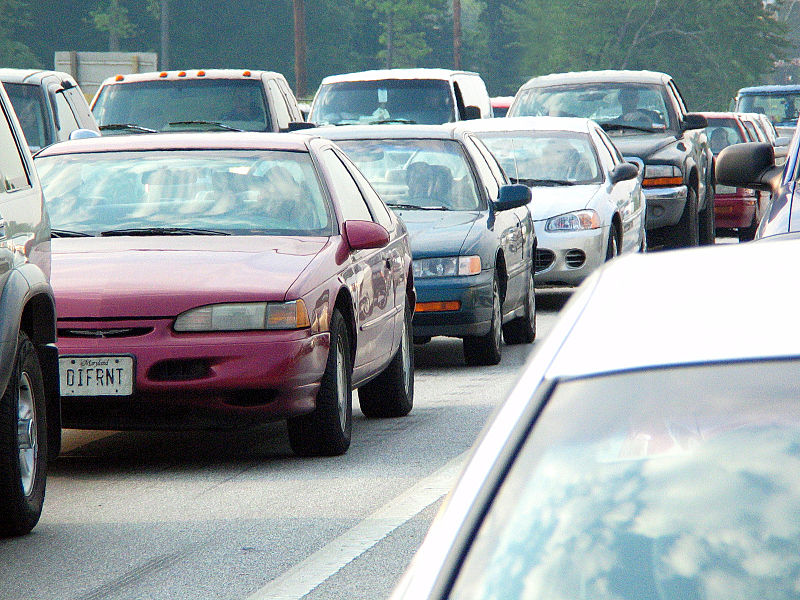World Environment Day 2019: Air Pollution (and making cleanup job!)
A heads-up: June 5, 2019 is World Environment Day 2019. This year’s focus: Air pollution. As part of that in this thread, included is information on air cleanup.
Introduction

There isn’t a soul anywhere I can think of who doesn’t appreciate clean, healthy air. That said, on Earth, better than 90 percent of humanity is breathing bad air on a regular basis.
To help give that proclamation credence, from the “State of Global Air/2019: A Special Report on Global Exposure to Air Pollution and Its Disease Burden” it is reported that among global risk factors, polluted air is ranked fifth highest. Adding to this, “Approximately 7 million people worldwide die prematurely each year from air pollution, with about 4 million of those deaths occurring in Asia-Pacific,” UN Environment in “China to host World Environment Day 2019 on air pollution” press release dated Mar. 15, 2019. “World Environment Day will urge governments, industry, communities, and individuals to come together to explore renewable energy and green technologies, and improve air quality in cities and regions across the world.”
Three related and relevant facts (from the same press release):
– 92 percent of people worldwide do not breathe clean air
– Air pollution costs the global economy $5 trillion every year in welfare costs
– Ground-level ozone pollution is expected to reduce staple crop yields by 26 percent by 2030
That makes this a crisis situation. However, does the response toward such in terms of air remediation, reflect this?
People need to recognize there’s an air-pollution problem, because, bottom line, prolonged breathing in of said pollution is detrimental to health.
The three sectors, meanwhile, that have garnered the most public attention where air-pollutant emissions are concerned are energy generation, waste, and transportation. This being the case, the cleanup effort should principally focus on these three.
Creating an atmosphere for good air stewardship

To give some clue as to just what the world has to deal with here, there is this reminder: “When it comes to doing battle with the air nemesis, no nation is an island, nor should that ever be the case. Pollution isn’t just an isolated problem – it’s everyone’s. As such,
nothing short of a unified and concerted global effort to stop pollution will prove effective. Such cooperation worldwide is de rigueur,” from “Polluted air: The ‘heart’ of the problem.”
So, in getting o on the right foot and when talking about energy and where air cleanup is concerned, reducing dependence on fossil fuels is, in this case, where the rubber meets the road, so to speak. By turning more and more to renewable means of production, emissions from said sector can be cut dramatically; in fact, completely, if the desire and will are there.
The sky is quite literally the limit in terms of what can be done to clean up emissions from said sector. Switching to wind and solar – as replacements for natural gas and coal burning – can make all the difference in the world. And, the world is moving more and more in that direction. But, it is going to take time.
Besides solar and wind, other renewable sources like small hydroelectric generation and geothermal are viable options where available. And, there are new technologies or concepts to consider as well, one of which could be gaining momentum, namely, the gravity train concept. The gravity train is one device that directly addresses the problem of energy storage.
Really briefly, here is how the system works.
There are two storage yards that are connected together by a railroad. One is located on a hilltop, the other at the base. Propped on railroad cars are enormous weights (taking the form of large blocks) which are shuttled between the two yards.
During off-peak hours, when there is low energy demand, energy from the electric grid is used to power trains carrying these weights uphill. Contrastingly, meanwhile, when demand for energy is high, in just such a system, trains rolling downhill create what is referred to as regenerative braking which, in essence, converts the braking energy into electricity. This electricity is then directly supplied to the electric grid.
This system duplicates that of the hydroelectric dam. But, instead of water being the energy-generating agent, the train-hauled weights are used in its place.
See “Gravity train: Clean-energy generation need not be an ‘uphill’ battle,” to learn more.
In moving on, the second sector identified in today’s thread is waste.

What we’re really talking about here is a reduction in the production of landfill gas (the gas being methane in this case) – that’s what this all comes down to. This appears to be an especially important consideration at this time in this day and age as global warming
has become foremost on many people’s minds. So, with this in mind, finding suitable alternatives to moving waste to landfill sites – or worse, burning it – is the obvious answer.
There are other types of waste. For one in particular, a disposal method that really deserves praise is the process known as “thermal hydrolysis,” the brief description below sourced from the Air Quality Matters post: ‘Cities100’ resource: Treasure trove of econ.-, environ.-, health- co-benet info.”
“An example of one of the more revolutionary projects is a thermal hydrolysis plant located in Washington, D.C., which takes solids leftover from wastewater treatment and where under high heat and pressure, the solids break down and in their decomposition state, produce methane gas to produce two by-products: electricity and steam. In the case of steam generation, it is a closed-loop situation as the steam is used to produce the heat to make this process even possible. As a result, what is an environmental hazard is transformed into a gas and this gas is then utilized to generate electricity and steam and does it in a way that is sustainable, helps clean the air, contributes to human health and environmental improvement all the while being by its nature a very efficient process which is a boon to the local economy in the sense that more than $100 million a year in savings is reaped and the list of benefits don’t stop there. The savings are then passed on to the consumer in the form of lower energy bills. Meanwhile, the residue that remains after all is said and done becomes fertilizer as both a medium for growing plants in gardens and for sustainable infrastructure projects.”
There is far more on energy generation and waste disposal here on this blog. One, a quite comprehensive resource, is: “T & C: Our impact on Earth; its impact on us – Part 3: Energy in cities – the ‘states’ we’re in” here.
Last but not least in today’s discussion is transportation. Where attention to emitted-pollutants are concerned, transportation steals the
spotlight and for good reason. There are more pollutant-emissions emanating from transportation than from any other sector.
That this is true, mitigation or remediation work should be centered on and concerned with: Increasing reliance on non-fossil-fuel-based propulsion; lowering the carbon content of fuels for vehicles operating using such; improving mileage ratings (fuel efficiencies) of internal-combustion-engine-powered motor vehicles; and scaling back the number of vehicle miles driven.

Increasing reliance on non-fossil-fuel-based propulsion – What this means is exploiting to the fullest the use of zero-emissions technology such as with electric and fuel-cell-electric vehicles whenever and wherever. This is all contingent on suitable charging or recharging infrastructure being in place and being available when needed. Being there is currently a finite supply of such this is a factor in terms of how such technology is viewed. Vehicle driving range factors into the purchase equation also. However, as technology improves, driving-range anxiety should become less a factor.
Lowering the carbon content of fuels for vehicles operating using such – The next area of focus has to do with improving the quality of fuels themselves. For motor vehicles having internal combustion engines, by improving fuel quality, this can help improve motor vehicle operating performance. Currently, for each gallon of gasoline burned, an amount of not less than 19.64 pounds of carbon is released into the air. In a scenario where carbon content of fuels is lowered, this would describe a situation where there would be less carbon pollution coming from such.
Improving internal-combustion-engine-powered motor vehicle mileage ratings (fuel efficiencies) – Short of getting people out of cars (the cars supplanted by alternative travel-mode means – see: Scaling back the number of vehicle miles driven below), one viable remedy is to improve motor vehicle fuel efficiency which results in improved mileage ratings of said vehicles. As such, vehicle performance is likewise improved resulting in fewer pollutants being emitted into the atmosphere. The greater the fuel efficiency, the less negative impact from such there is on air.
Scaling back the number of vehicle miles driven – Cutting emissions from road-based transportation can come in the form of a reduction in driving. For drivers and their passengers, this can take one of several forms: 1) Greater reliance on public transportation like commuter, light and heavy passenger rail, 2) Increased dependence on transit buses and bus rapid transit, 3) More reliance on active transportation (i.e. walking and biking), 4) Greater emphasis on ride-sharing, or car- or vanpooling, and 5) Incorporating and embracing concepts such as telecommuting or teleworking (i.e. working from home).

Related to some extent to Increasing reliance on non-fossil-fuel-based propulsion and Scaling back the number of miles driven, there is the idea of a better mix or balance of modes. More emphasis on non-road-based alternatives, in essence, meaning, not-as-much dependence on automatized road-based travel, where, in cities, is implemented successfully, is not only a congestion-busting technique but also an air-pollution reducer as well. One such city where there is such a true-to-life scenario is Seattle. And, with that, this concludes this report in observance of World Environment Day 2019, the focus this year being polluted air.
Notes
1. Health Effects Institute. 2019. State of Global Air 2019. Special Report. Boston,
MA: Health Effects Institute, p. 11
2. UN Environment, “China to host World Environment Day 2019 on air pollution,”
Mar. 15, 2019
Images: Alfred T. Palmer (top); Matt Mallams for Earthjustice (second); Ashley Felton (third);
AndrewHorne, Wikimedia Commons (fourth); U.S. Census Bureau (bottom)







